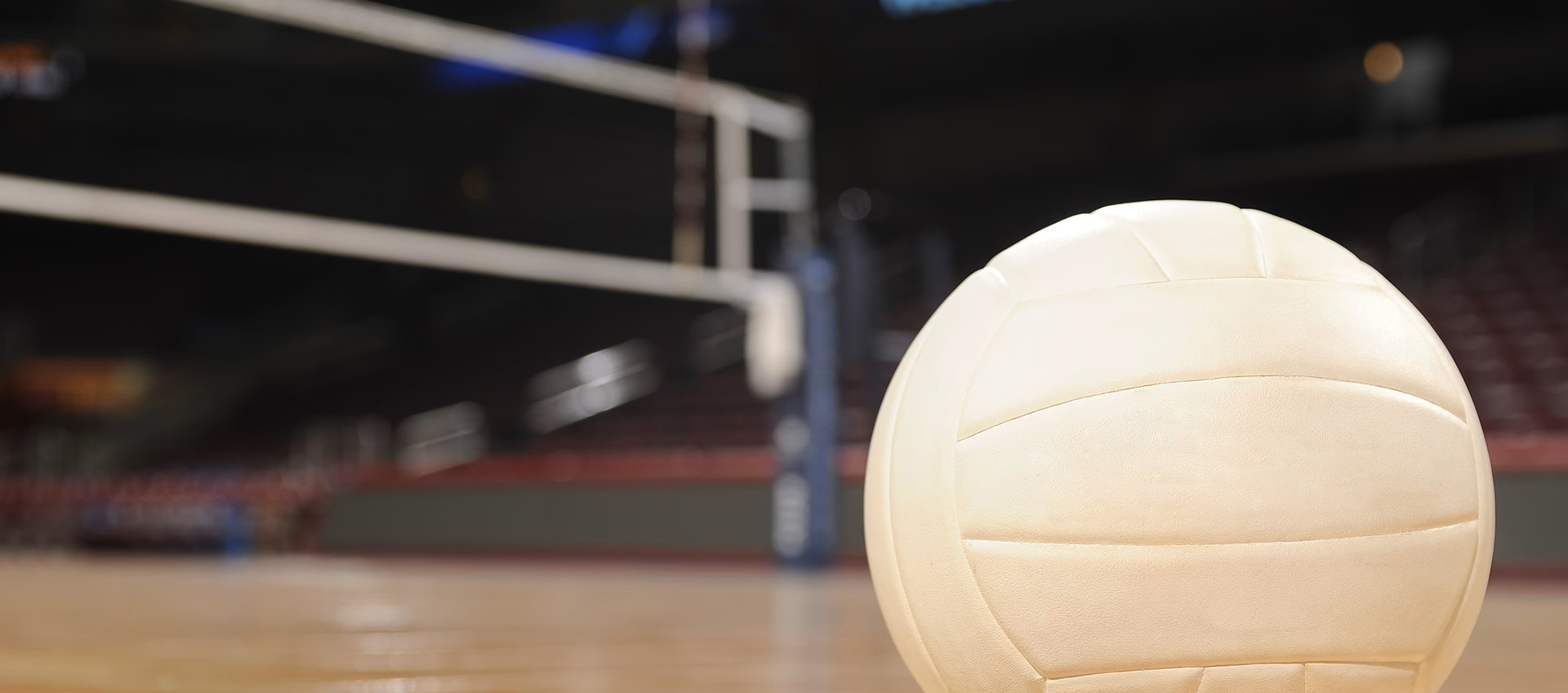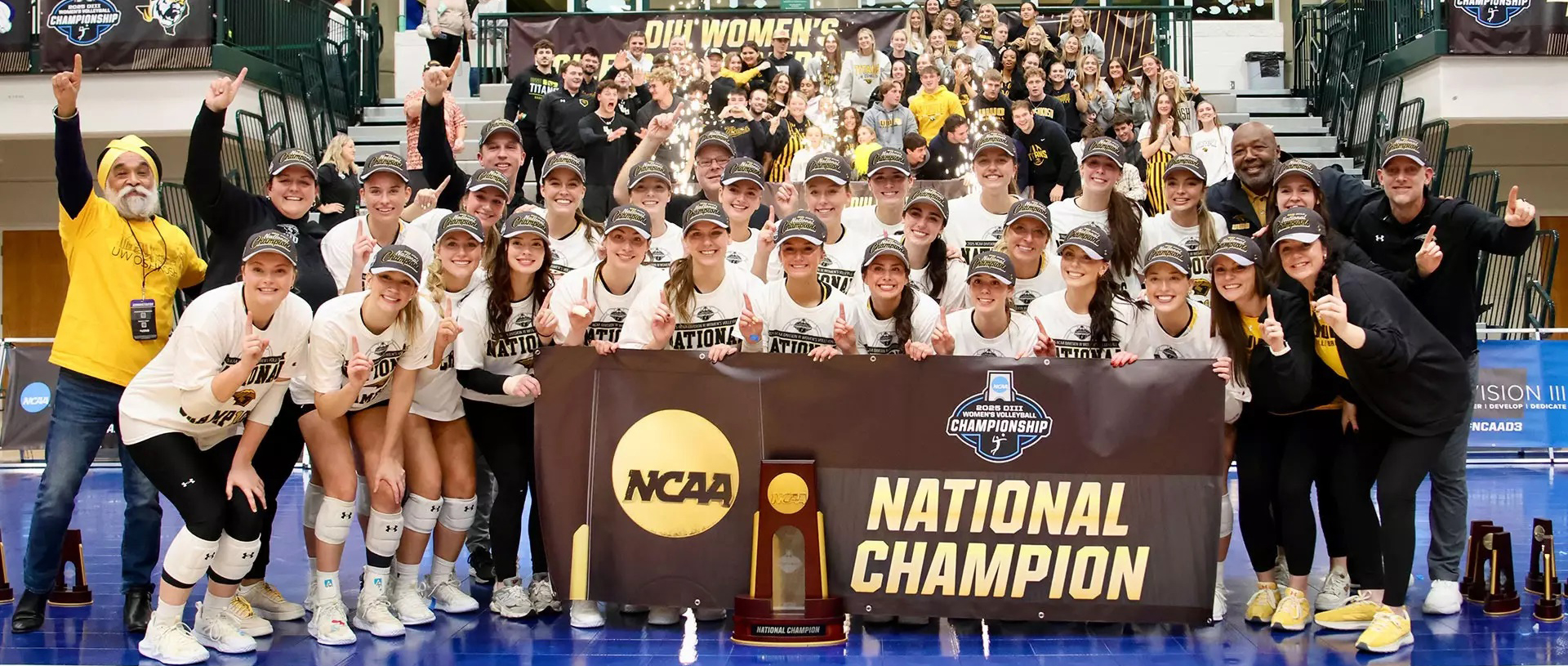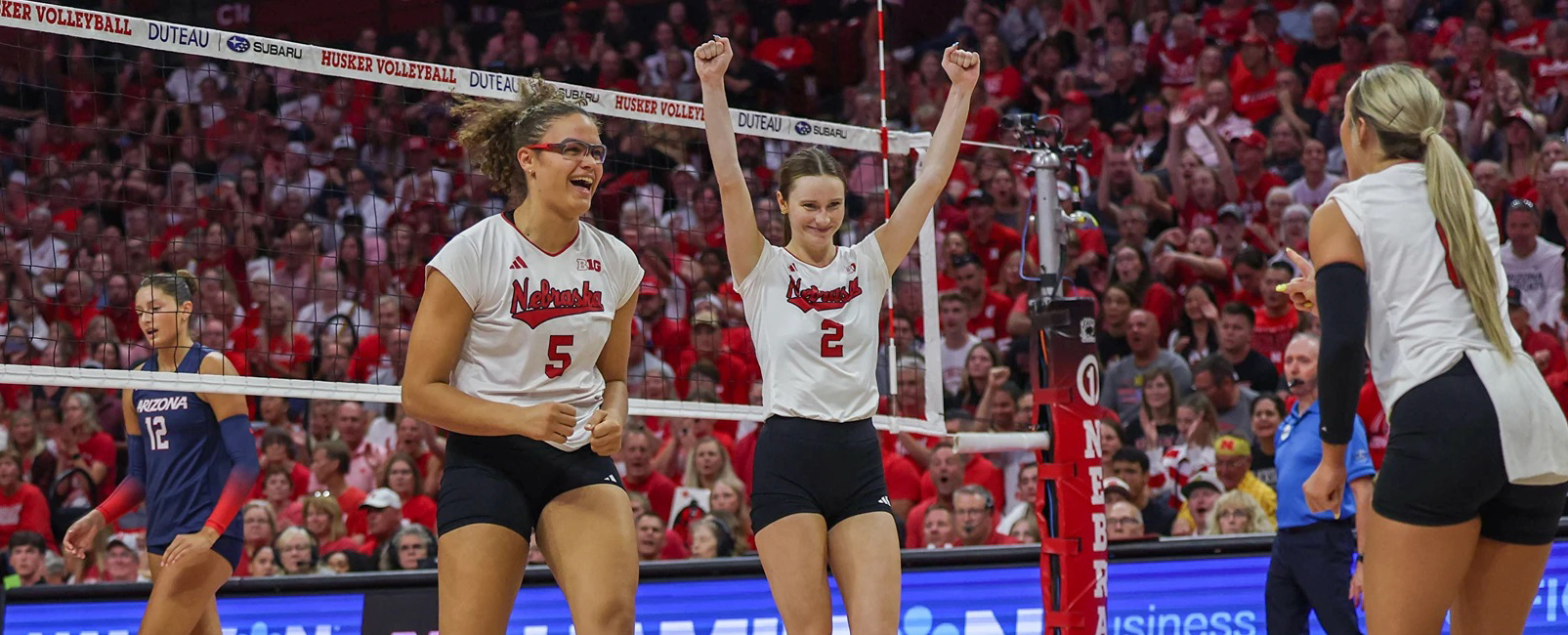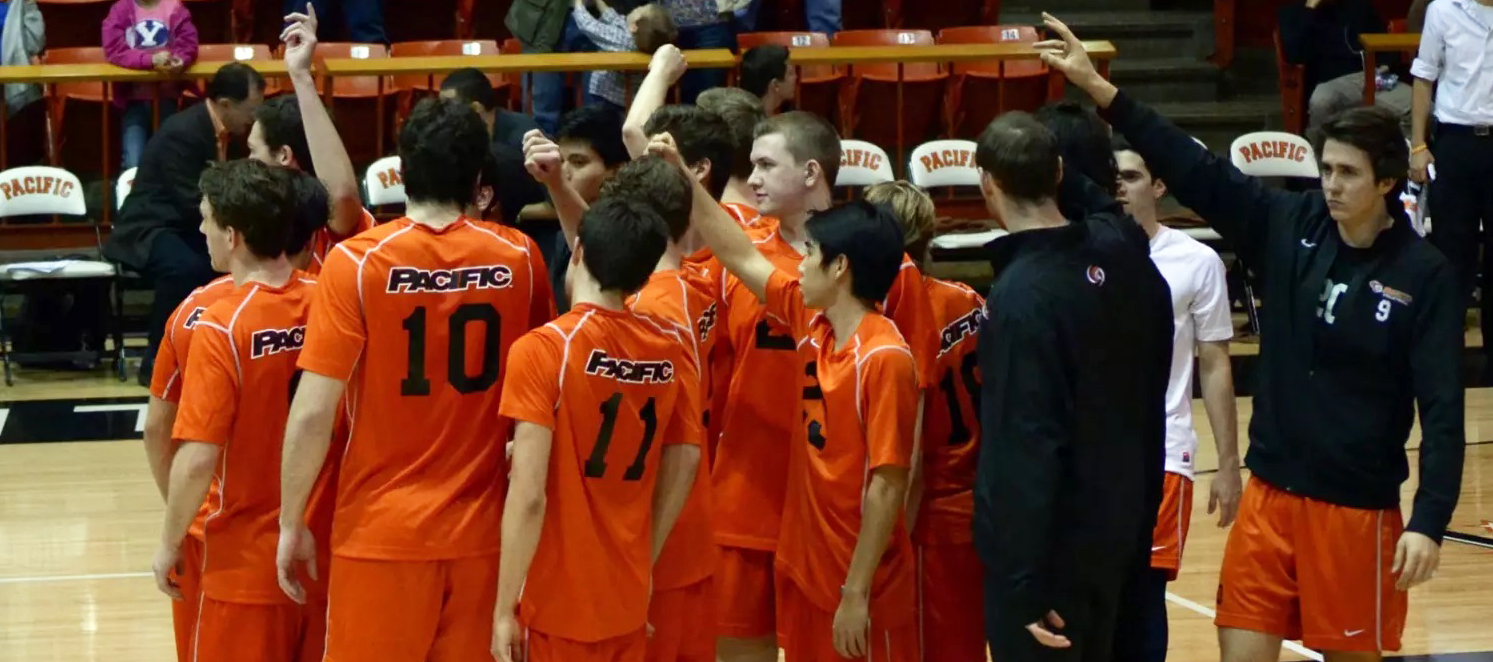Dear AVCA Members,
Over the past several months, our association has been deeply engaged in advocacy work on behalf of Olympic sports in the broader landscape of intercollegiate athletics. This has included meaningful collaboration with other coaches associations, direct conversations with congressional leaders, and the development of a clear, data-informed strategy designed to protect and maintain opportunities for student-athletes.
This week, I had the privilege of presenting as part of a national panel hosted by the Knight Commission (watch panel presentation here). The topic: the future of Olympic sports. I want to share with you the heart of that message, and why it matters now more than ever.
We are watching a slow dismantling of one of the most valuable structures in college athletics: opportunity. Since the announcement of the House settlement, before it has even been approved, 36 Division I Olympic sports programs have already been eliminated, representing 1,014 lost opportunities for student-athletes. Saint Francis University’s recent decision to move all 22 of its programs to Division III will remove another 613 Division I opportunities. I’ve spoken directly with administrators who anticipate further cuts.
The warning signs are real. But so is our opportunity to act.
Our message is simple: we must protect what we value and maintain what has worked. And, for the past two decades, what has worked is a consistent and stable balance between revenue and Olympic sports.
Despite massive changes in college athletics, conference realignment, media deals, NIL, and now revenue sharing, the proportional investment in Olympic sports has remained remarkably steady. Based on NCAA EADA data:
- In 2003, the median FBS school invested about 35% of operational costs on Olympic sports and 65% on football and basketball.
- In 2023, that ratio was still about 34% cents.
- FCS schools remain close to 45%.
- Non-football Division I institutions devote 62% of operational spending to Olympic sports because it is only measured to basketball.
This isn’t just a financial pattern, it’s a reflection of institutional values.
We’ve proposed a two-part framework:
- Protect: Codify proportional spending targets by classification to safeguard investment in Olympic sports.
- Maintain: Preserve the NCAA minimum sport sponsorship requirements: 16 for FBS and 14 for FCS and non-football institutions.
These are not new mandates. They’re reaffirmations of a system that schools have voluntarily followed for decades. The goal is not to create a new model, but to protect a proven one before it’s undermined by financial uncertainty.
There’s more work ahead. We’ll continue advocating in Washington, D.C., collaborating across sports, and working to ensure that Olympic sports are not sidelined in the evolving collegiate model. But today, I wanted to bring you into that work, to share what we’re fighting for, and to let you know that the AVCA is leading from the front.
Thank you for all you do to support this sport, its athletes, and its future.
With gratitude,

Jaime Gordon, AVCA CEO







